
Starting June 1st, 2023 Our warehouse fee will be $0.65/cubic foot per month
In effort to lower the warehouse storage fee during inflation, we have went narrow aisle racking.This construction took us four months but the project is finally completed. With narrow aisle racking, we are able to drop storage by 24%.We as partners will go through this inflation together.
06/11/2025
Shipping toys and games is a specialized area within logistics that requires careful planning, compliance with regulations, and attention to packaging and handling. Whether you’re a toy manufacturer, retailer, or distributor, ensuring your products arrive safely and on time is crucial to customer satisfaction and business success.
This comprehensive guide of Worldcraft Logistics will cover everything you need to know about shipping toys and games from understanding industry demand and choosing the right shipping methods to navigating customs clearance and managing costs. Whether you’re shipping domestically or internationally, this guide will help you streamline your toy shipping process and avoid common pitfalls, so your products can bring joy to kids around the world.
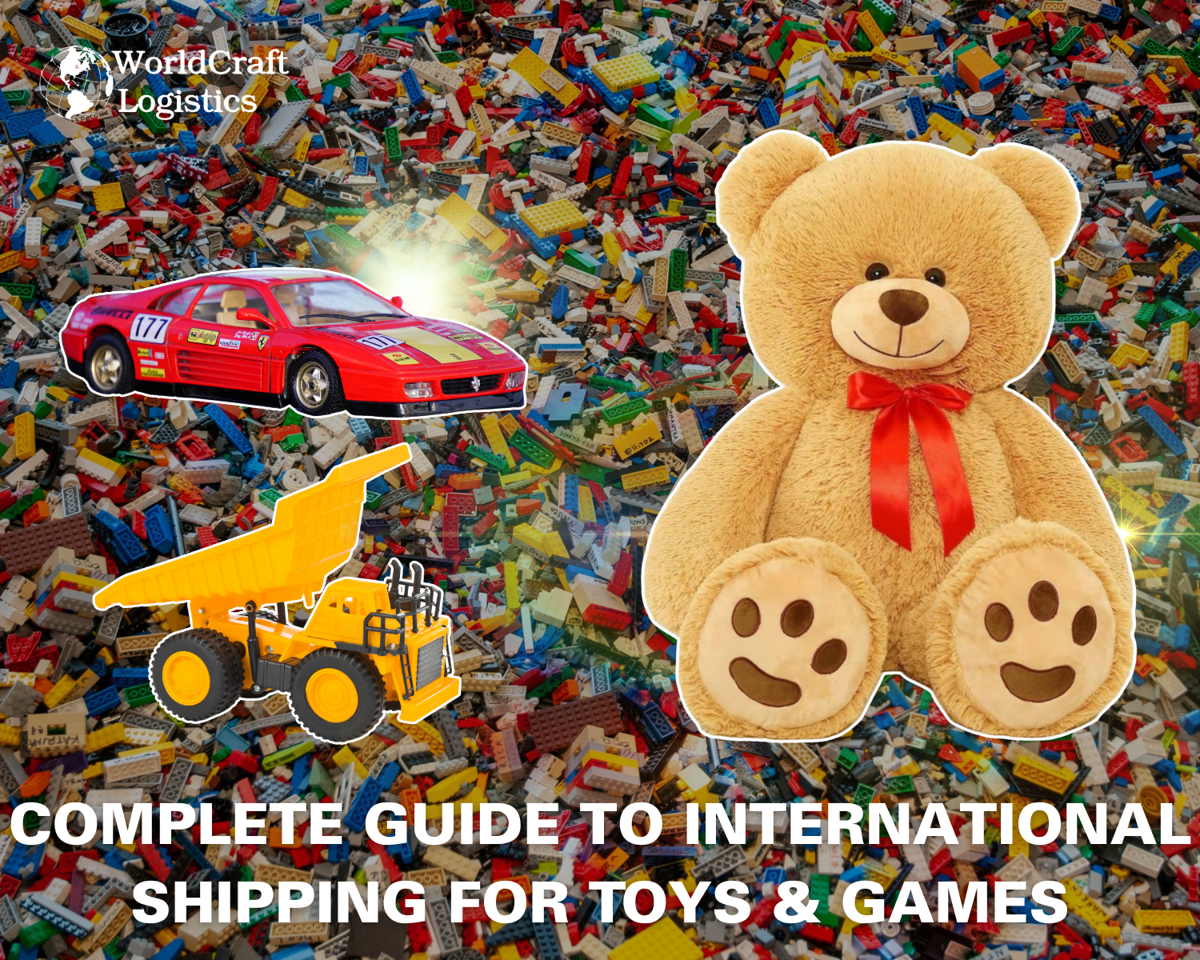
The global toy industry is experiencing robust growth, driven by rising consumer demand, year-round gifting trends, and the boom of e-commerce platforms. From seasonal sales spikes during holidays to steady online purchases throughout the year, the need for reliable toy shipping solutions has never been greater.
In the U.S. alone, the toy market is valued at over $38 billion and continues to expand as more consumers turn to online marketplaces for convenience. Internationally, emerging markets in Asia, Latin America, and the Middle East are also fueling growth, with many brands and retailers seeking cost-effective and dependable logistics partners to handle bulk toy shipments worldwide.
With consumer expectations increasing especially regarding fast, damage-free deliveries businesses must prioritize optimized shipping strategies to stay competitive in the toys and games market. Whether you are a toy manufacturer, wholesaler, or e-commerce seller, adapting to these trends is key to success.
Worldcraft Logistics has extensive experience handling a wide variety of toys and games for both domestic and international shipments. Some of the most commonly shipped items include:
Electronic Toys: Remote-controlled cars, gaming consoles, educational tech toys
Board Games & Card Games: Classic titles and new releases, often shipped in bulk to retailers or distributors
Plush Toys & Dolls: Soft goods requiring careful packaging to prevent crushing
Construction Sets & Blocks: Toys like LEGO sets that may have multiple parts and require secure containment
Outdoor Toys: Items like scooters, playhouses, and sports gear
Collectibles & Action Figures: Fragile items that demand proper labeling and handling
Each category has specific shipping considerations, such as size, packaging, fragility, and compliance with safety regulations. That’s why working with an experienced logistics partner like Worldcraft Logistics ensures that every toy shipment arrives safely, on time, and in perfect condition whether it’s going across the state or across the globe.
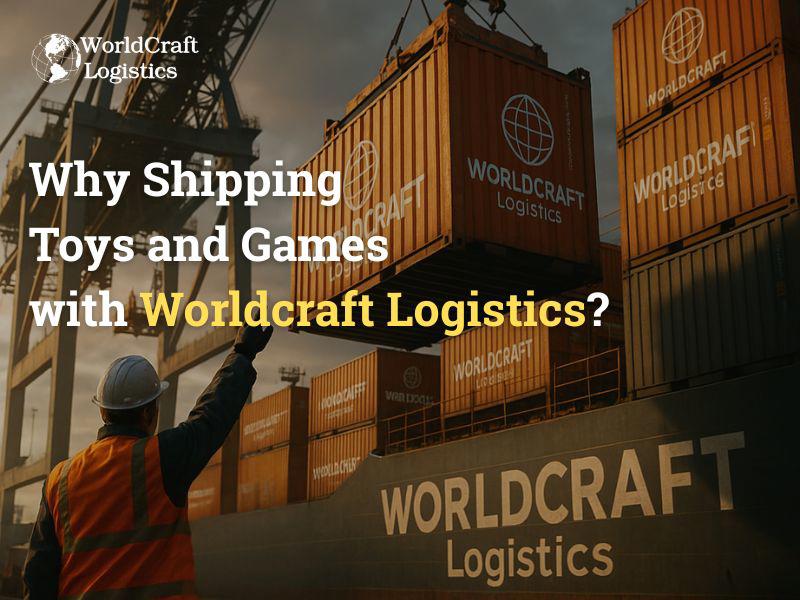
When it comes to shipping toys and games, choosing the right logistics partner can make all the difference. Worldcraft Logistics brings years of experience in handling the unique challenges of toy and game shipping. Toys often come in a variety of shapes, sizes, and packaging materials, many of which are fragile or regulated. Our team understands how to manage these complexities through:
Tailored shipping solutions for individual and bulk toy shipments
Expert knowledge of toy safety standards and customs regulations
Efficient inventory management and warehouse operations
Special handling for delicate, high-value, or limited-edition toys
Our strategic processes ensure your products are packaged securely, labeled correctly, and transported using the most cost-effective method available whether by air, sea, or ground.
Shipping toys internationally requires more than just moving packages; it demands a seamless logistics network that connects production facilities, distribution centers, and retailers across the globe. Worldcraft Logistics offers:
Global freight forwarding capabilities with reliable carrier partnerships
Real-time tracking and shipment visibility
Multi-language customer support teams ready to assist across time zones
Customized shipping plans to accommodate tight deadlines and seasonal surges
Whether you’re shipping toys from China to the U.S., or distributing games across multiple retail outlets nationwide, we provide consistent, dependable service every step of the way.
Customer Testimonials and Proven Results
Thousands of businesses trust Worldcraft Logistics to handle their toy shipments efficiently and affordably. Here’s what some of our clients have said:
“Worldcraft Logistics has helped us streamline our entire toy distribution process. We’ve seen faster delivery times and fewer damaged products since partnering with them.”
Toy Manufacturer, California
“As an online toy retailer, we needed a shipping partner that understands the importance of timely holiday deliveries. Worldcraft came through every single time.”
E-commerce Store Owner, Texas
With a proven track record of delivering results, Worldcraft Logistics is more than just a logistics provider; we're a partner in your growth.
Shipping toys and games efficiently requires more than just placing them in a box and sending them out. It involves detailed planning, proper packaging, accurate labeling, and choosing the right transportation mode. Follow this step-by-step guide to ensure your toy shipments arrive safely, on time, and in compliance with international shipping standards.

Before shipping, assess the type, quantity, and destination of your toys and games:
Confirm product dimensions, weights, and values
Check local and international regulations for restricted or regulated toy items
Identify if your toys require special handling (e.g., batteries, electronics, or fragile materials)
Creating an inventory list at this stage also helps in preparing documents and tracking later.
Proper packaging protects your toys from damage during transit. Use the following packaging tips:
Use strong corrugated boxes that fit the size of the toy or game
Wrap delicate items with bubble wrap or foam inserts
For sets with multiple parts, use internal dividers or resealable bags
Seal the package with heavy-duty packing tape
Make sure the packaging complies with carrier and customs guidelines, especially for international shipments.
Accurate labeling is essential for tracking, customs clearance, and safe delivery. Each package should include:
Complete shipping address (origin and destination)
Return address
Handling labels such as “Fragile,” “This Side Up,” or “Contains Lithium Battery”
Barcode or tracking label (if provided by your logistics partner)
Incorrect or missing labels can lead to delays, fines, or loss of goods.
The best shipping method depends on the urgency, volume, and destination:
Air Freight: Fast and ideal for time-sensitive or high-value shipments
Ocean Freight: Cost-effective for bulk toy shipments over long distances
Ground Freight: Perfect for domestic or regional deliveries with flexible schedules
Worldcraft Logistics can help you evaluate which mode fits your business needs and budget best.
Once your toys are packed and labeled, prepare the necessary documentation, including:
Commercial invoice
Packing list
Bill of lading
Certificates of conformity or safety (if applicable)
These documents ensure smooth customs processing and legal compliance.
After documentation is complete, schedule a pickup or drop-off with your logistics provider. Use shipment tracking tools to monitor the delivery progress and notify your customers of estimated delivery times.
By following this step-by-step guide, businesses can reduce delays, avoid costly mistakes, and provide a seamless experience to customers. For personalized toy shipping support, Worldcraft Logistics is here to handle everything from start to finish.
Read more:
👉 How to Ship Shoes: A Complete Guide for Pricing & Packaging
👉 Shipping Perfume: How to Ship and Pack Internationally
👉 How to Ship Cosmetics & Makeup Overseas: A Comprehensive Guide
When shipping toys and games whether domestically or internationally having the correct documentation is crucial. It ensures compliance with customs regulations, prevents shipment delays, and guarantees safe and lawful delivery. Below are the essential documents you’ll need when shipping toys and games.
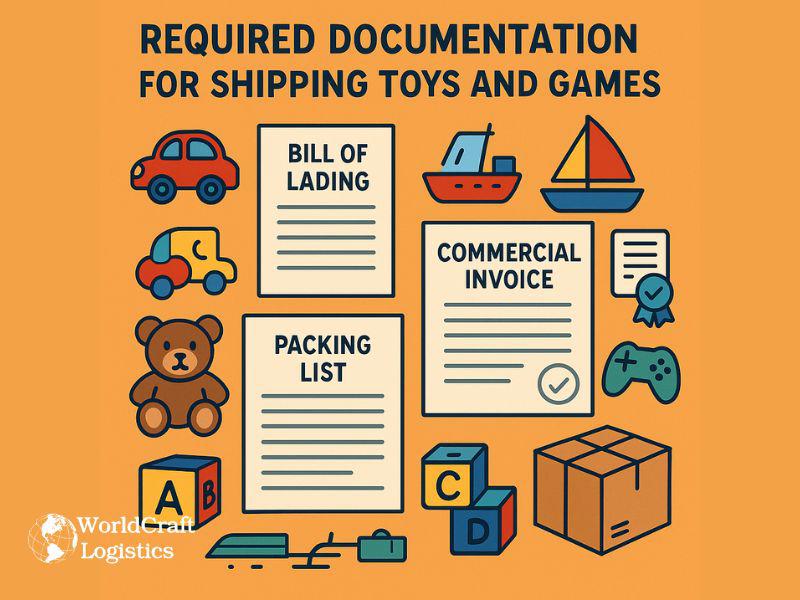
The commercial invoice is one of the most important documents in international toy shipping. It serves as a legal record of the sale and is used by customs authorities to assess duties and taxes.
What to include:
Seller and buyer contact information
Detailed description of the toys or games
Quantity, unit value, and total value
HS (Harmonized System) code
Country of origin
Payment terms and Incoterms (e.g., FOB, CIF)
A well-prepared commercial invoice helps avoid customs clearance delays and ensures accurate tax assessments.
The Bill of Lading is a legally binding transportation document between the shipper and carrier. It acts as:
A receipt of goods
A contract of carriage
A document of title (used to claim the goods at destination)
There are two main types:
Ocean Bill of Lading (for sea freight)
Air Waybill (for air freight)
Make sure the BOL includes accurate shipment details such as number of packages, weight, and freight terms.
The packing list complements the commercial invoice and helps shippers, carriers, and customs agents verify the physical contents of the shipment.
Packing list should include:
Description of each toy or game
Quantity and weight of each item
Dimensions and packaging details
Box or container numbers for easier identification
A packing list is especially useful in bulk toy shipments, helping logistics providers streamline loading, unloading, and warehouse storage.
If you're shipping toys internationally, especially for children, many countries require a Certificate of Conformity (CoC) or safety certificate to prove the products meet local safety standards.
Depending on the market, you may need:
CPSIA Certificate (U.S.) – for child product safety
CE Marking & EN71 Compliance (EU) – for safety, health, and environmental protection
ASTM F963 Compliance (U.S.) – for toy safety requirements
Worldcraft Logistics can guide you through the safety certification process to ensure your toys meet all international regulatory standards. Ensuring all documentation is accurate and complete is vital to the success of your toy and game shipments.
Shipping toys and games especially across borders requires strict adherence to safety, labeling, and environmental regulations. In the U.S., importers must comply with standards enforced by the Consumer Product Safety Commission (CPSC), including ASTM F963 and the Consumer Product Safety Improvement Act (CPSIA), which limit hazardous substances and require appropriate labeling and testing. A Children’s Product Certificate (CPC) is often mandatory.
Internationally, regions like the European Union require toys to meet EN71 standards and carry the CE marking. Other countries, including Canada and Japan, have their own safety and chemical compliance requirements, all of which must be addressed before shipping.
Environmental regulations are also becoming more prominent, with an increasing focus on recyclable materials, eco-friendly packaging, and reduced chemical content. Staying updated on local compliance laws is essential to avoid delays, fines, or rejected shipments.
Clearing customs is a key step in international toy shipping. You'll need accurate paperwork, including a commercial invoice, packing list, and bill of lading. Some countries may also require certificates of origin or product safety documents.
Declare your goods correctly listing the value, quantity, HS codes, and origin to avoid fines or delays. Customs duties and taxes depend on how your toys are classified and where they're going.
To prevent hold-ups, double-check that your documents match your shipment and consider submitting forms electronically if possible. Insurance is also recommended, especially for high-value or bulk shipments, to protect against loss or damage during transit.

Selecting the most suitable shipping method for toys and games depends on several key factors: speed, volume, cost, and destination. Whether you're shipping a single collectible item or a bulk order for holiday retail, understanding the pros and cons of each transport mode is essential.
Air freight is the fastest option, ideal for urgent or lightweight shipments. It’s commonly used for high-value toys, time-sensitive releases, or replenishing inventory quickly. However, air freight is also the most expensive, and size or weight restrictions can limit its practicality for bulkier items.
Ocean freight is the go-to solution for international bulk shipments. It’s cost-effective for large volumes, especially when shipping by full container load (FCL) or less than container load (LCL). While transit times are significantly longer, ocean shipping offers the best balance between cost and capacity for manufacturers and wholesalers.
Ground shipping works best for domestic transportation or cross-border shipments within the same region. It’s affordable and flexible, with options like LTL (less-than-truckload) for small to mid-size orders, and FTL (full truckload) for larger loads.
For individual toy shipments, air or ground shipping is typically more efficient. In contrast, bulk shipments benefit from the economies of scale offered by ocean or truckload freight. The right method ultimately depends on your shipment size, delivery timeline, and budget.
Toy and game shipping costs range from $1-$100+ for express shipping, to around $5000 for international container shipments. Prices can vary significantly depending on factors such as shipping method, package size, weight, destination, and speed of delivery.
Whether you are shipping a single toy to a customer or multiple pallets of inventory to a distribution center, understanding the breakdown of costs will help you plan and budget more effectively. Here is a general overview of shipping cost factors based on different types of shipments and shipping methods (of course, this is for reference only):
Shipping Method / Carrier | Best For | Estimated Cost | Typical Transit Time | Notes |
Air Freight (General) | Urgent or high-value international shipments | $4–$8 per kg | 1–7 days | Fastest option, but costly and size-restricted |
Ocean Freight (General) | Bulk international shipments | $1,000–$5,000 per container | 20–45 days | Cost-effective for large volumes, slower transit |
Ground Shipping (General) | Domestic or regional deliveries | $0.50–$2.00 per pound | 1–7 days (domestic) | Flexible, affordable for medium to large shipments |
Courier Services (General) | Small packages, eCommerce | $5–$30 per shipment | 1–5 days | Fast and convenient, varies by carrier and zone |
UPS Ground | Domestic bulk shipments | $20–$50 | 1–5 business days | Economical for heavier packages |
UPS 3 Day Select | Time-sensitive domestic shipments | $50–$100+ | 2–3 business days | Faster service at higher cost |
USPS Priority Mail | Small to medium packages | $9.35–$21.20 | 1–3 business days | Flat Rate boxes available, good for heavier small parcels |
USPS Ground Advantage | Economical domestic shipping | $5.25–$20.25 | 2–9 business days | Budget-friendly for heavier items |
DHL Express | International shipments | Varies (quote-based) | 1–5 business days | Fast international delivery, pricing depends on details |
Shipping toys and games efficiently requires careful planning and strategic management to avoid delays, control costs, and meet customer expectations. Here are some insider tips to help streamline your shipping process:
Toys and games experience significant demand spikes during certain times of the year especially around the holiday season, major toy fairs, and promotional events. To handle these peaks smoothly:
Start Early: Begin preparing shipments well in advance to avoid last-minute bottlenecks.
Increase Inventory Before Peak Season: Stock up your warehouse to ensure you can fulfill orders quickly.
Communicate with Carriers: Book shipping space early with your preferred carriers, as capacity can be limited during busy months.
Consider Expedited Shipping Options: For urgent orders, plan for air freight or express courier services, understanding the higher costs involved.
Effective inventory and warehouse practices can significantly improve your shipping efficiency:
Organize Your Warehouse: Keep toys and games neatly categorized by type, size, and destination to speed up order picking.
Use Inventory Management Software: Real-time tracking helps prevent stockouts and overstocking.
Implement Quality Control Checks: Inspect products and packaging before shipment to reduce returns and delays.
Choose Packaging That Protects and Saves Space: Use custom or adjustable packaging to minimize damage and shipping costs.
By integrating these strategies, you can reduce shipping errors, avoid costly delays, and deliver toys and games to customers faster and more reliably.
Yes, but depending on your volume, different shipping methods or carriers may be more cost-effective. Bulk orders often benefit from ocean freight, while individual orders might use courier or ground shipping.
To import toys from China at low prices, consider sourcing directly from reputable manufacturers or verified suppliers on platforms like Alibaba. Ordering in bulk reduces per-unit costs. However, always balance cost with quality and compliance with safety standards to avoid issues at customs or with customers.
Shipping times vary by method and destination. Domestic ground shipping typically takes 1–7 days, air freight international shipments can take 1–7 days, while ocean freight may take 20–45 days. Courier services like UPS, USPS, or DHL usually deliver small packages within 1–5 business days.
Shipping toy guns is generally legal if they meet safety standards and are clearly marked as toys. However, some countries have strict regulations on toy firearms or imitation guns, so it’s essential to check import restrictions and comply with local laws to avoid seizure or fines.
Yes, toys and games are a popular and profitable dropshipping niche. The demand is steady year-round, with significant peaks during holidays and special events. Toys often have high repeat purchase potential, especially with trends and new releases. However, success depends on choosing reliable suppliers, ensuring product safety compliance, and providing excellent customer service to handle returns or defects efficiently.
SEO
Digital Marketing/SEO Specialist
Simon Mang is an SEO and Digital Marketing expert at Wordcraft Logistics. With many years of experience in the field of digital marketing, he has shaped and built strategies to effectively promote Wordcraft Logistics' online presence. With a deep understanding of the logistics industry, I have shared more than 500 specialized articles on many different topics.
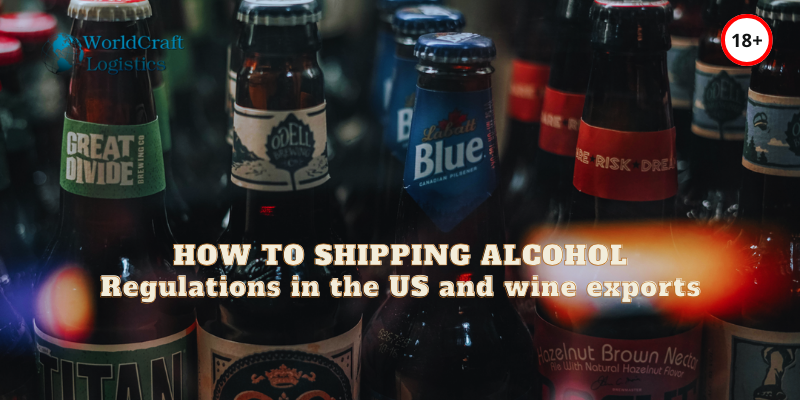
Shipping
12/21/2023
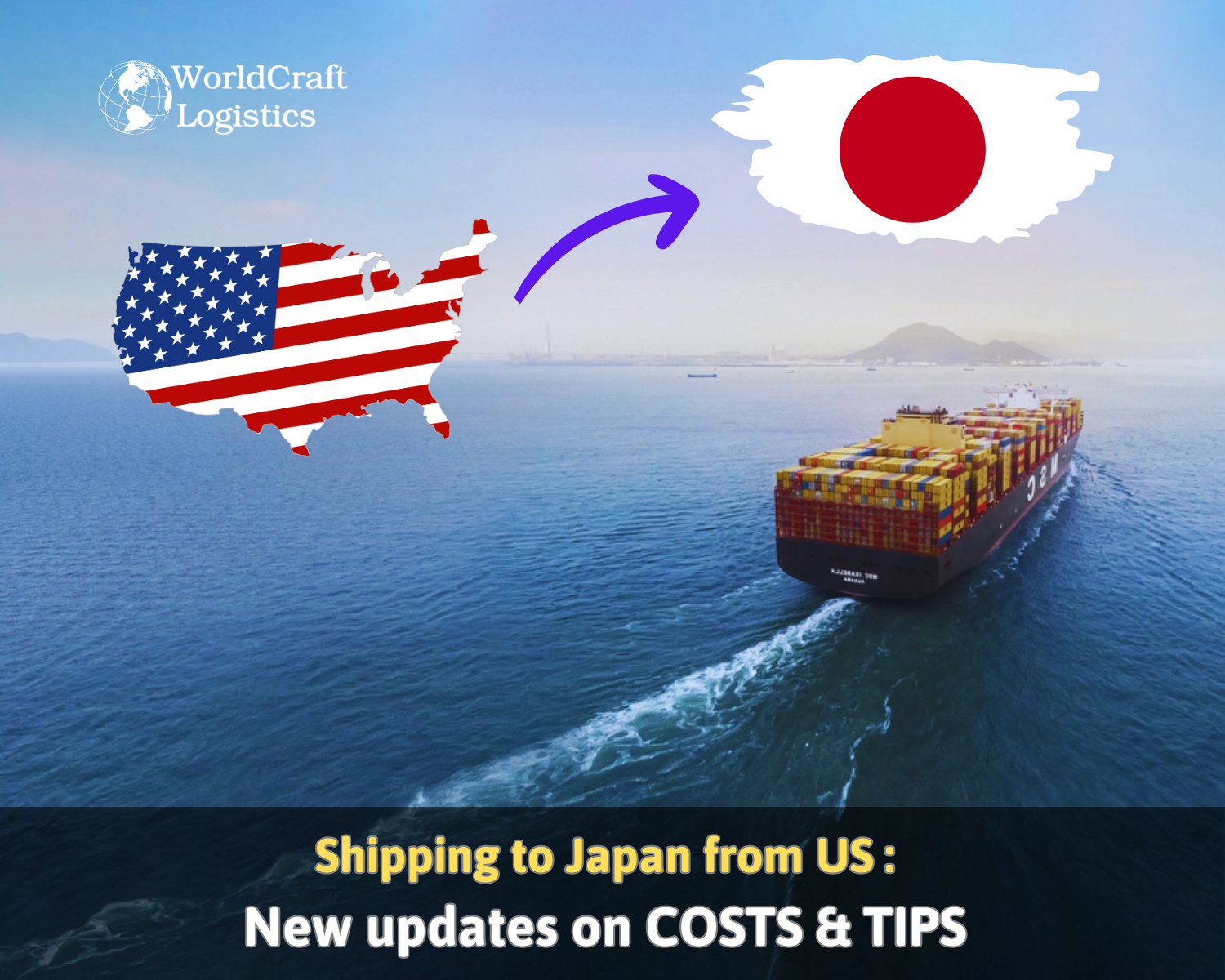
Shipping
02/28/2024
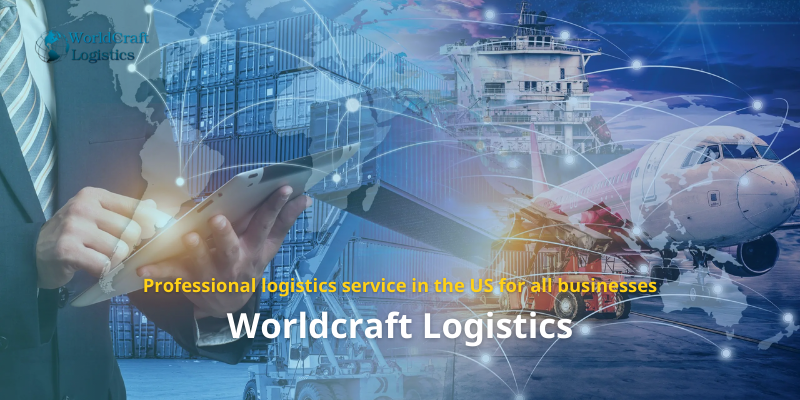
Shipping
12/24/2023
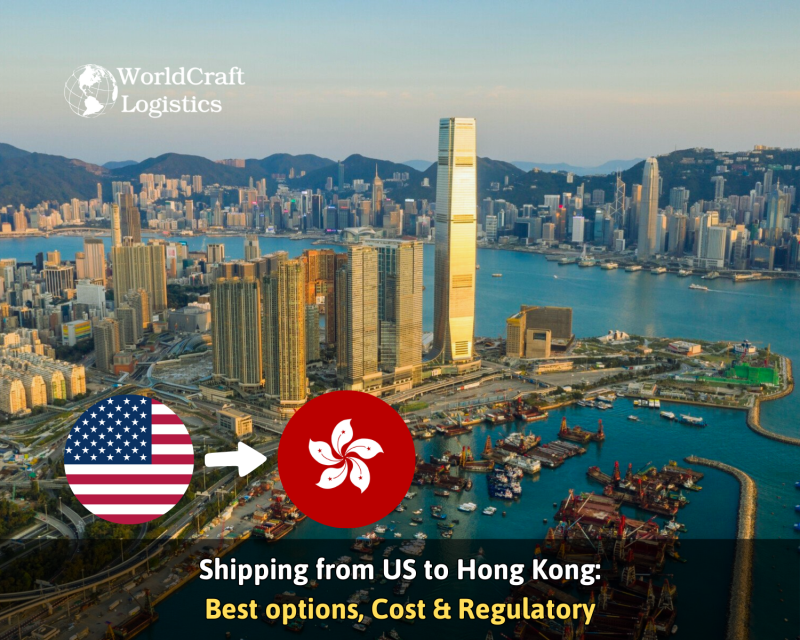
Shipping
04/02/2024
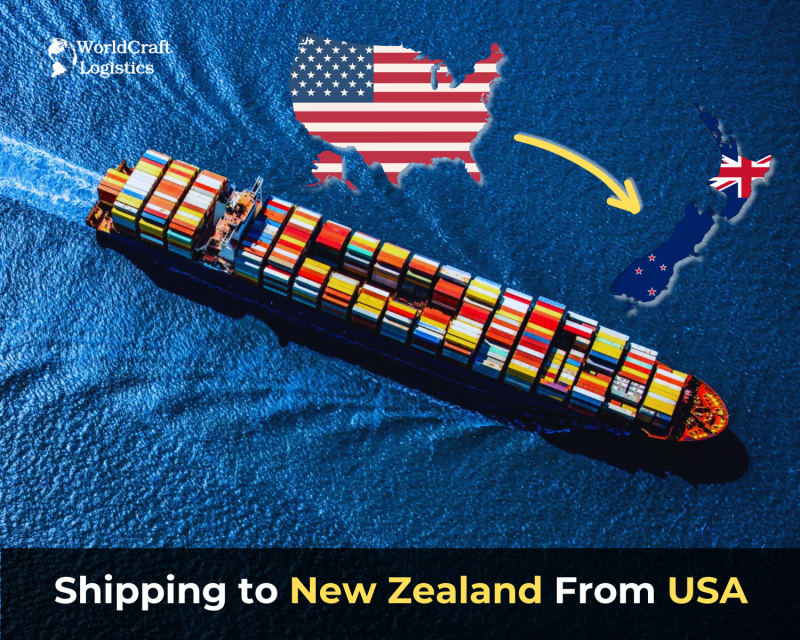
Shipping
11/04/2024